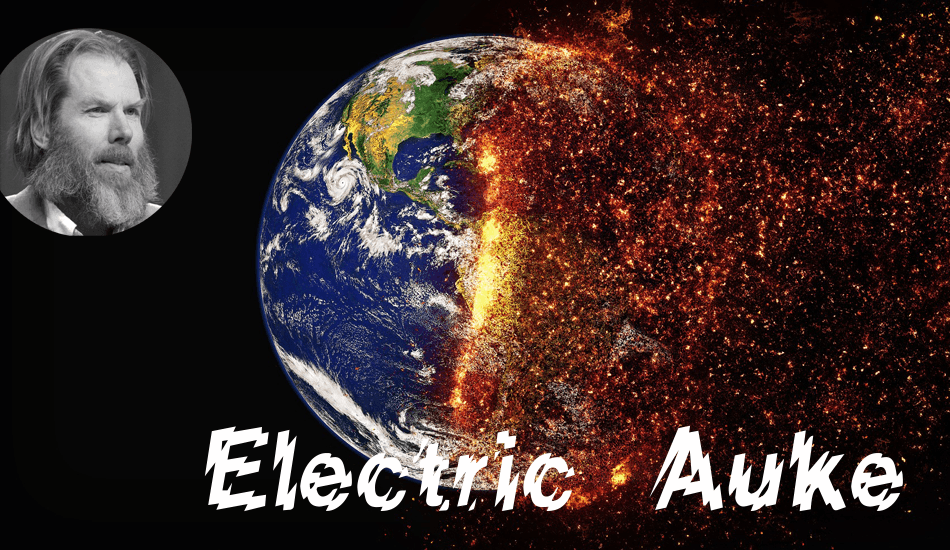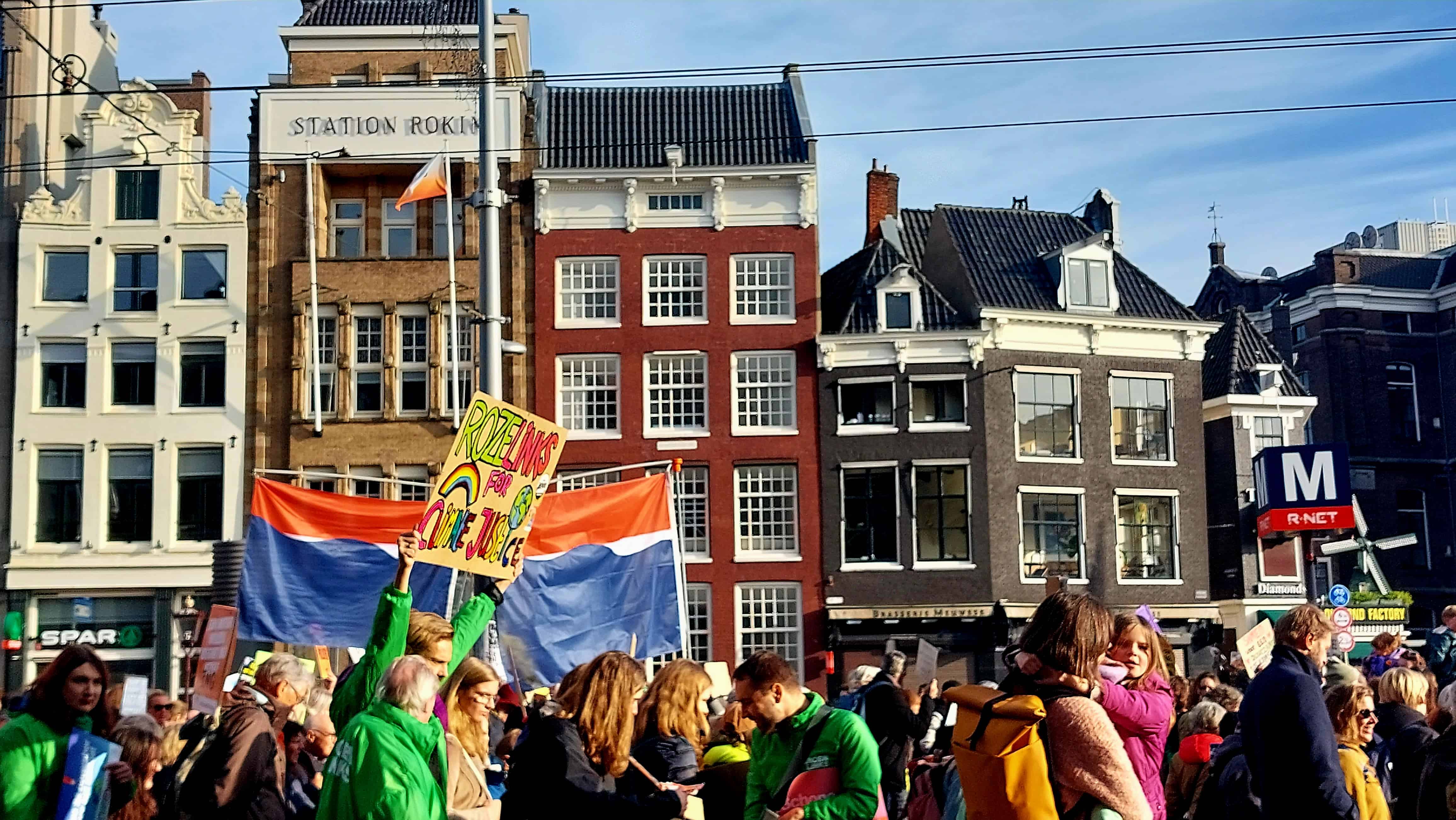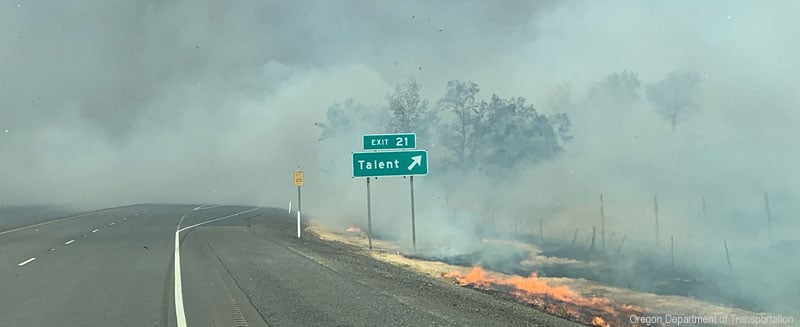
When it comes to making the earth more sustainable, claims are being made all over the place. But what is true? Together with sustainability expert Auke Hoekstra, better known on Twitter as ‘Debunker-in-Chief‘, Innovation Origins sets out to find this out for you. This week: will the Dutch sea levels rise by 1.2 meters in 2100?
Dutch sea levels may rise more than was previously estimated. By 2100, the sea level may not have risen by 1 meter, but may have risen by 1.2 meters instead. This increase may even reach 2 meters if the melting of the ice caps in Antarctica continues to accelerate. This is evident from a new Royal Netherlands Meteorological Institute (KNMI) report, Climate Alert21, which was released at the beginning of this week.
KNMI combined its own research with the findings of the IPCC report in order to find out what climate change means for the Netherlands. To this end, the researchers mainly used the extreme IPCC scenario, the so-called RCP 8.5, which used to be referred to as the business-as-usual scenario. This calculation assumes that few climate measures will be taken to reduce greenhouse gas emissions. And assumes that we will continue to burn fossil fuels for our energy for some time to come.
Read more about the IPCC report here.
Headlines appeared on the Dutch television network NOS and in the Volkskrant newspaper, such as: ‘KNMI adjusts expected sea level rise in the Netherlands upwards: up to 1.2 meters in 2100’. Auke is disturbed by this. “With these kinds of headlines, the 1.2 meters in 2100 is suddenly blown up to be true. But they forget to mention that this is the most extreme scenario. How likely is it that this will actually happen? You scare people with these kinds of alarmist messages. I don’t want to trivialize climate change, but we shouldn’t pretend the world is coming to an end.”
Highly unlikely that doomsday scenario will become reality
According to Auke, the media should report more often on how likely it is that what they write will actually happen. For example, the news reports should have stated that this is the most extreme scenario. In this one, the earth will warm up by 4.6 degrees in 2100, with a margin ranging from 3.3 to 5.9 degrees. “Of which even the IPCC wrote in their last report that this is highly unlikely to happen. To warm the earth that much, we would need to burn over four times as much coal by 2100. But the use of coal has been declining for quite a while already. We are also using more and more renewable alternatives. So I don’t really understand why we are still calculating figures using this doomsday scenario.”
According to the IPCC’s most plausible scenario, the earth will warm up by between 2 and 4.5 degrees by 2100. Auke says on Twitter that this comes out to a rise of 60 centimeters in sea level. “We end up with somewhere close to 3 degrees of warming. But we need to keep doing more to reduce emissions, then we can make sure that the warming is slower. In the SSP 2-4.5 scenario, that amounts to a rise of 60 centimeters. It is also important that the IPCC writes that with the adoption of sustainable alternatives, we can make sure that sea levels rise a little less. So we do have an influence on this ourselves.”
Most important news
The most important news for Auke therefore has to be that the most catastrophic scenario has become less likely. “This is mainly because sustainable technologies such as solar, wind, electric cars, batteries, hydrogen and smart grids have become cheaper as a result of our efforts and are also being used more and more frequently. For me, this is far more motivating news than a doomsday scenario, plus it is more in line with the facts as well.”
However, at the same time, Auke still sounds a warning. “Things are going well, but the pace has to pick up substantially. Although 2100 is still a long way off and in principle we have enough time to prepare, we can’t sit idly by. That 60 centimeters is an average. We cannot rule out a rise of 1.2 meters or even more. We will have to deal with this after 2100 as well.”
Read more about the IPCC’s ‘doomsday scenario’ here.








